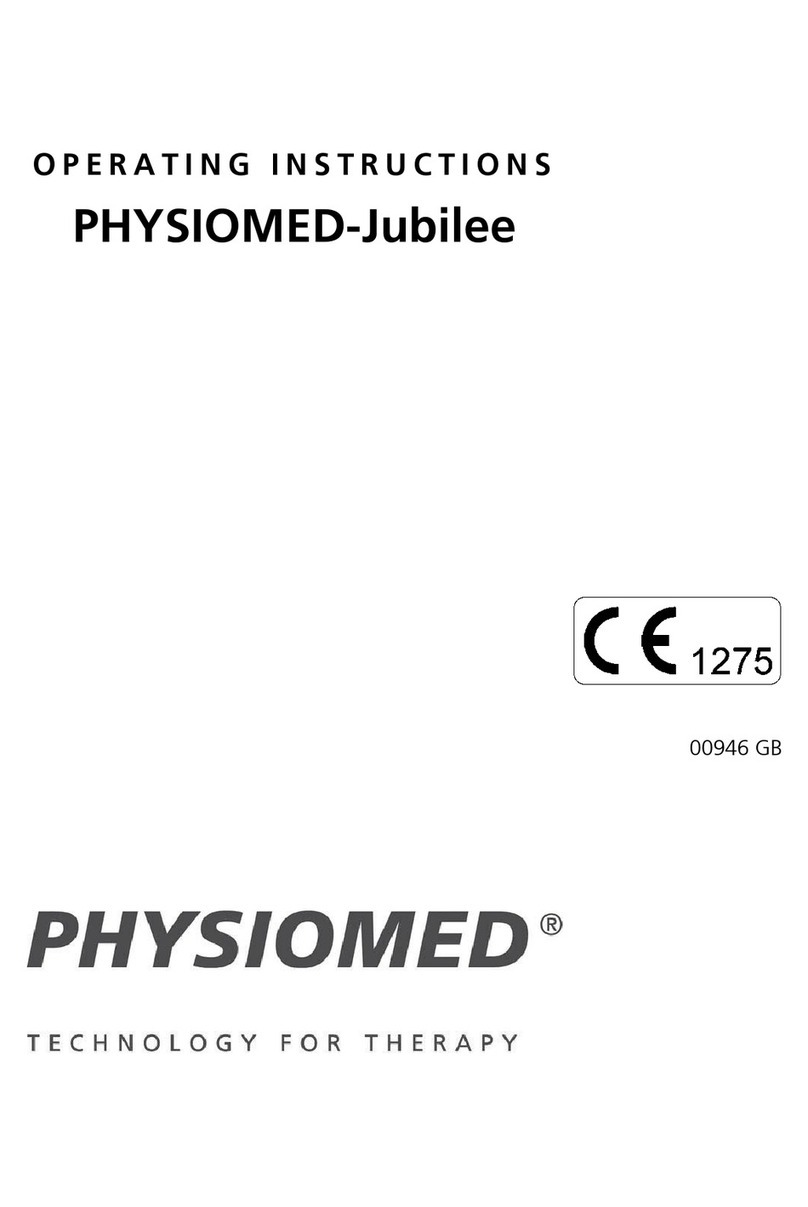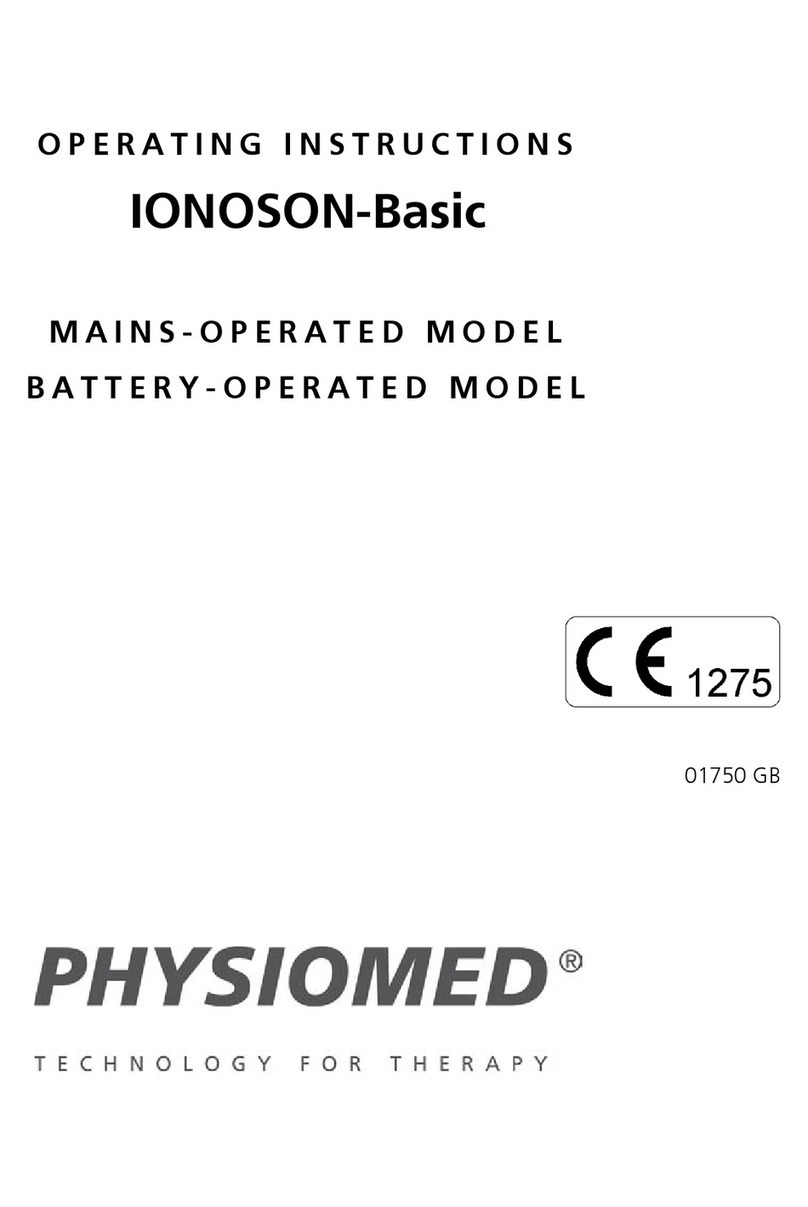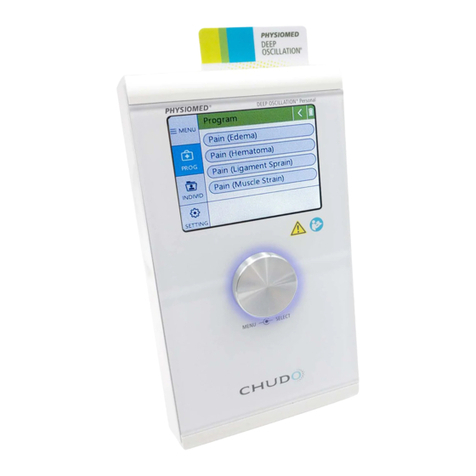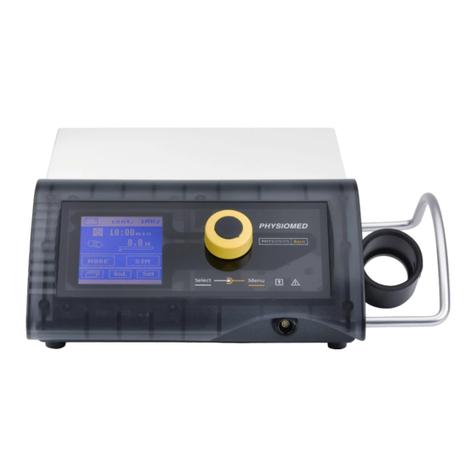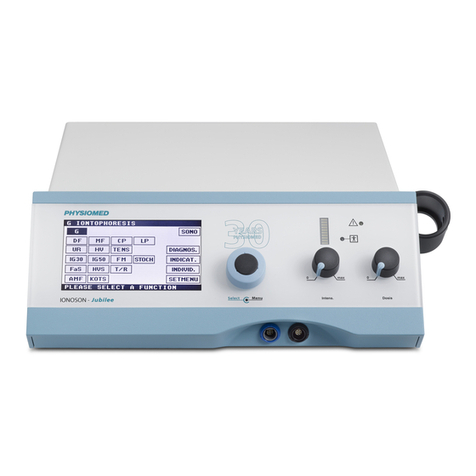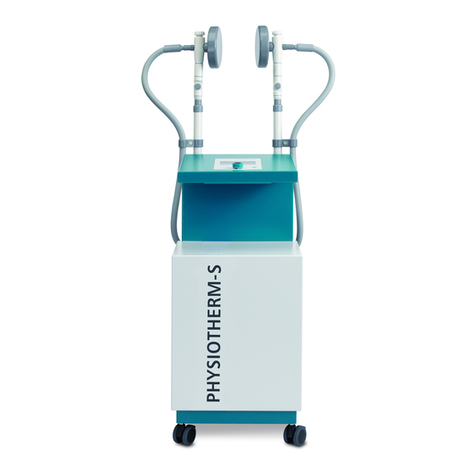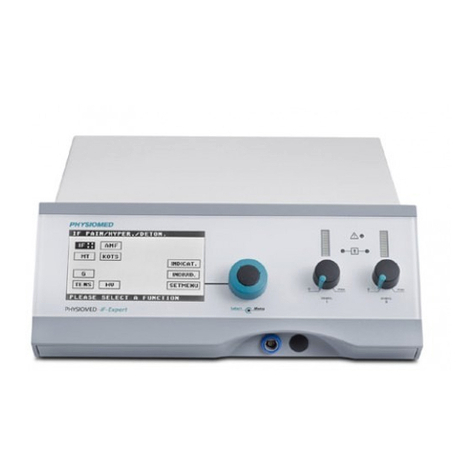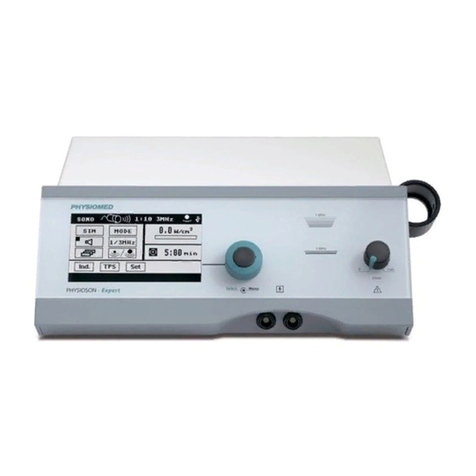
Contents
1Introduction......................................................................................................................1
1.1 Instrument Description................................................................................................................1
1.2 Application ...................................................................................................................................1
1.3 Contraindications.........................................................................................................................2
2Controls and Indicators....................................................................................................3
2.1 Function of Controls and Indicators ...........................................................................................3
2.1.1 Mains Module <1>......................................................................................................................3
2.1.2 Upper Status Bar<2> ...................................................................................................................4
2.1.3 Display <3> .................................................................................................................................4
2.1.4 Lower Status Bar<4> ...................................................................................................................4
2.1.5 Data Selector <5>........................................................................................................................4
2.1.6 Intensity Control Circuit I <6>......................................................................................................5
2.1.7 Pulse Indicator Circuit I <7>.........................................................................................................5
2.1.8 Intensity Control Circuit II / Dose <8> ..........................................................................................5
2.1.9 Pulse Indicator Circuit II <9> ........................................................................................................6
2.1.10 Patient Current Indicator <10> ....................................................................................................6
2.1.11 Output Indicator <11> ................................................................................................................6
2.1.12 Patient Lead Connector <12>......................................................................................................7
2.1.13 Ultrasonic Transducer Connector <13>........................................................................................7
2.1.14 Manual Release Key Socket <14> ................................................................................................8
2.1.15 VAC Socket <15>........................................................................................................................8
2.2 Overview of Parameters..............................................................................................................9
2.2.1 Start Menu (1st level)....................................................................................................................9
2.2.2 Example Menu (2nd level) .............................................................................................................9
2.3 Operation................................................................................................................................... 10
2.3.1 Parameters for Circuit I ............................................................................................................. 10
2.3.2 Dual channel operation ............................................................................................................ 13
2.3.3 Parameters for Circuit II (Ultrasound) ........................................................................................ 15
2.4 Characterisation of the Individual Current Modes................................................................. 16
2.4.1 Low-frequency Current Modes (LF)........................................................................................... 16
2.4.2 Medium-Frequency Currents .................................................................................................... 17
3Notes on Operation ....................................................................................................... 20
3.1 Connection and Start-up .......................................................................................................... 20
3.2 Start-up ...................................................................................................................................... 20
3.3 Self-test...................................................................................................................................... 20
3.4 Instrument Errors ...................................................................................................................... 21
4Stimulation Current Therapy.........................................................................................22
4.1 General Information ................................................................................................................. 22
4.2 Safety Precautions when Attaching Electrodes ..................................................................... 22
4.3 Safety Precautions for Stimulation Current Intensity............................................................ 23
4.3.1 Recommended Intensities .........................................................................................................23
4.4 Preparations and Attaching the Electrodes ............................................................................ 24
4.4.1 Modes of attaching the electrodes ........................................................................................... 25
4.5 Therapy using low-frequency current modes ........................................................................ 25
4.5.1 Monophase and biphase current modes ................................................................................... 25
4.5.2 Iontophoresis............................................................................................................................ 25
4.5.3 Pain Therapy, Hyperaemisation, Detonisation ........................................................................... 27
4.6 Therapy using medium-frequency current modes ................................................................. 28
4.6.1 Therapy using classic interference current IF:: ........................................................................... 28
4.6.2 Pain Therapy, Hyperaemisation, Detonisation using AMF Current ............................................. 29


